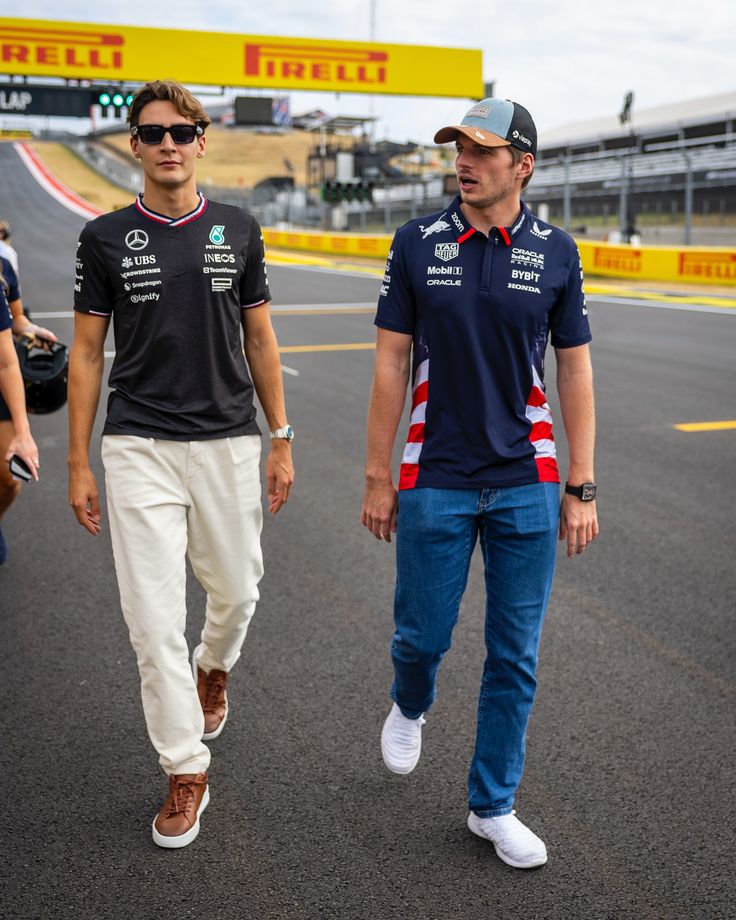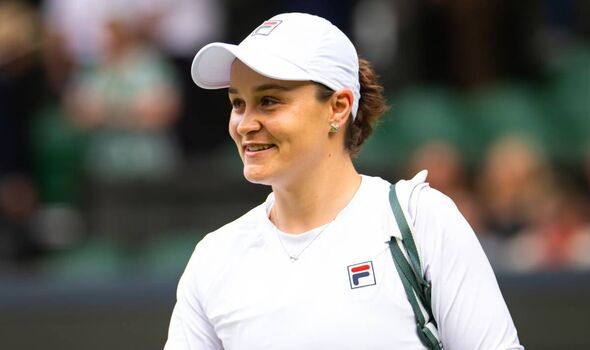Introduction:

“Max Verstappen’s Shocking Sim Racing Start: Guess How Young He Was When He First Gripped the Virtual Wheel?”
Introduction:
The Digital Genesis of a Champion
Max Verstappen is a name synonymous with speed, precision, and domination in Formula 1. But before he was the youngest driver to start an F1 race and a record-breaking World Champion, he had already begun honing his craft — not on a racetrack, but behind a screen. The question buzzing through fan forums and motorsport circles: When did Verstappen first steer an F1 simulator?
In a recent revelation that surprised even his most devoted fans, Max disclosed the exact age he started sim racing. His answer? Younger than most people learn how to ride a bicycle. This early digital start might just be the secret weapon that helped catapult him to the pinnacle of motorsport.
In this post, we uncover Verstappen’s early dive into the world of F1 simulation, answer frequently asked questions, explore the impact of sim racing on real-world success, and provide key takeaways for aspiring drivers and enthusiasts alike.
The Big Reveal: Verstappen’s First Time in an F1 Sim
At Just Four Years Old, Max Verstappen was already steering a racing simulator. Yes, only 4. In an exclusive interview, Verstappen shared that he got his hands on his first racing simulator setup before he even reached kindergarten. While most kids were busy with toy cars, Max was navigating digital circuits, sharpening reflexes that would one day shock the world.
“I think I was around four when I first tried sim racing,” Verstappen stated. “It wasn’t as advanced as today’s simulators, but the competitive spark started there.”
Why Is This So Shocking?
- Average sim racing entry age is around 12–14.
- Most professional sim racers start seriously competing in their late teens.
- Max Verstappen was 8 years ahead of the curve, which translates into over a decade of extra experience by the time he debuted in F1 at age 17.
Why Sim Racing Matters More Than Ever
Simulators were once a casual pastime, but today they are vital training tools for elite drivers. Verstappen’s journey underscores the growing relevance of sim racing in producing top-tier athletes. Here’s why sim racing is more than just a game:
1. Realistic Track Familiarity
F1 simulators today replicate every nuance of a circuit, from tire degradation to weather conditions. Early exposure gave Max an edge in understanding car behavior, track layouts, and race strategy.
2. Mental Conditioning
Even at 4, Max was unknowingly training his brain to process high-speed data, manage stress, and refine hand-eye coordination — essential elements in the high-stakes world of Formula 1.
3. Cost-Effective Experience
Karting and track testing can cost tens of thousands of dollars. Sim racing delivers near-real racing conditions at a fraction of the cost, making it the most accessible pathway to motorsport excellence.
Verstappen and Sim Racing: A Passion That Never Left
Even as an F1 World Champion, Max hasn’t ditched sim racing. In fact, he’s known to compete in online endurance races during the off-season and between Grands Prix. His active involvement with Team Redline — one of the most respected sim racing teams — shows that for Max, sim racing is more than nostalgia. It’s part of his competitive DNA.
Key Stats:
- Over 20 sim races participated in 2023 alone.
- Multiple wins in virtual 24-hour endurance events.
- Averaging 12-15 hours a week on simulators when not racing in F1.
Frequently Asked Questions (FAQs)
❓ When Did Max Verstappen Start Sim Racing?
Answer: At the age of 4, according to Max himself. He used a basic simulator setup that would become more sophisticated over time.
❓ Did Sim Racing Really Help Max Become an F1 Champion?
Answer: Absolutely. Max has credited sim racing with sharpening his reflexes, decision-making, and track knowledge long before he stepped into a kart or F1 car.
❓ Is Sim Racing a Legitimate Path to F1?
Answer: Increasingly so. Drivers like Lando Norris and Charles Leclerc also use sim racing extensively. The F1 Esports Series has already funneled talent into real-world racing categories.
❓ What Sim Racing Platform Does Verstappen Use?
Answer: Max races on iRacing and rFactor 2, often with Team Redline, using a high-end motion rig that mimics G-forces and car behavior.
❓ How Can I Get Started in Sim Racing?
Answer: You don’t need a $10,000 setup to start. Basic equipment includes:
- Entry-level wheel and pedals (~$250)
- A capable gaming PC or console
- Racing sim software (iRacing, Assetto Corsa, etc.)
- Consistency and practice
5 Actionable Takeaways for Aspiring Racers
- Start Early — But It’s Never Too Late:
Max began at 4, but the key is consistency. Daily practice matters more than early exposure alone. - Invest in a Solid Setup:
You don’t need the best rig, but you need a reliable one. Quality pedals and a force-feedback wheel can drastically improve your learning curve. - Join Online Communities and Competitions:
Platforms like iRacing and Gran Turismo host leagues and races with real-world scouts watching. - Treat Sim Racing Like Real Racing:
Use proper techniques, study telemetry, watch replays — just like the pros do. - Stay Mentally Tough:
Like Max, use sim racing to build your mental game — from focus and strategy to stress control.
The Future of F1: Will the Next Max Verstappen Be Born Online?
With tech advances, virtual reality, and remote coaching becoming mainstream, we are approaching a new era where sim-to-F1 pipelines become standard. Teams are already scouting young sim racers for development programs. Verstappen’s journey is a proof of concept that digital talent can evolve into real-world dominance.
Key Prediction:
By 2030, at least one full-time F1 driver will have made the jump directly from sim racing to professional motorsport — no karting, no Formula 3, just digital-to-track.
Conclusion: A Legacy Born from Pixels
Max Verstappen’s story is one of raw talent, relentless work ethic, and — as it turns out — an early obsession with sim racing. His journey shows that greatness doesn’t just happen on racetracks — sometimes it begins in the living room, behind a steering wheel connected to a monitor.
If you’re an aspiring racer, parent, or motorsport fan, take note: the future of Formula 1 isn’t just on asphalt — it’s also on servers.
So next time you hop into a sim, remember — you could be laying the digital foundation of the next World Champion.


